Paint Mixer Blade | JCT Machinery
 Jul 22,2024
Jul 22,2024

 JCT
JCT
Factors for Selecting Paint Mixer Blades
- Material Viscosity: High viscosity materials usually require blades with strong shear force, such as serrated discs and turbine blades.
- Material Properties: Different pigments and fillers require different shear forces and flow patterns.
- Dispersion Effect Requirements: Select suitable blades according to the quality requirements of paint products to ensure uniform dispersion and avoid particle aggregation.
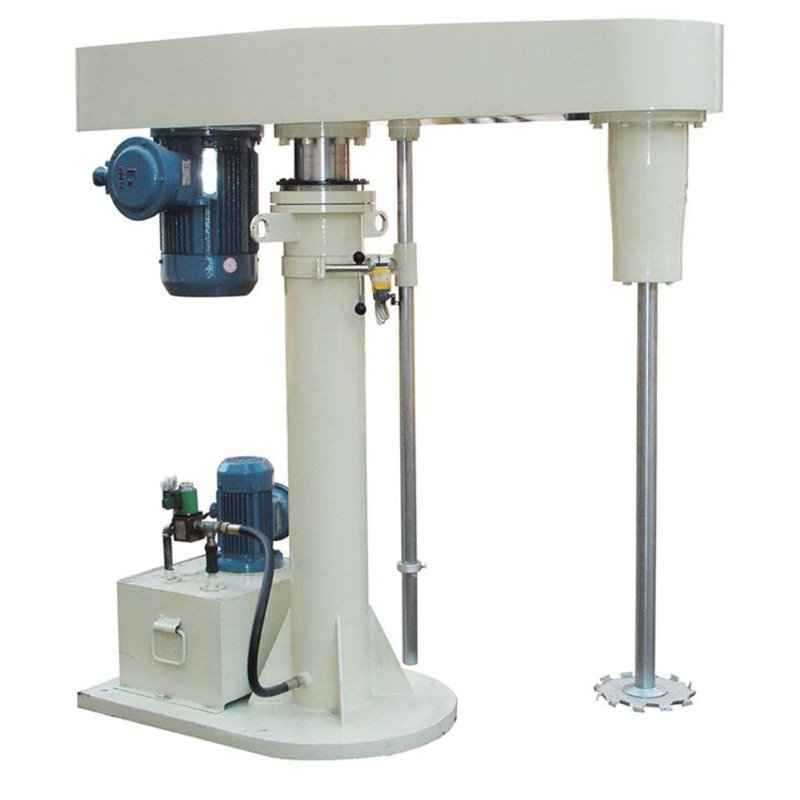
Common Mixer Blade
1. Saw-Tooth Disc
A saw-tooth disc is a common dispersing disc with sharp tooth edges that can generate strong shear force and turbulence when rotating at high speed. It can effectively disperse pigments and fillers to ensure the uniformity and stability of the paint.
2. Flat Blade
The flat blade has a simple structure and is usually used for medium to high viscosity materials. It can generate large centrifugal force when rotatiing at high speed to help mix and disperse the components in the paint.
3. Turbine Blade
The turbine blade has multiple inclined blades that can generate strong axial and radial flow when rotating at high speed. It is suitbale for dispersing high viscosity paint.
4. Anchor Blade
Anchor blade is suitable for high viscosity and high density materials. It can generate strong mixing action when rotating at low speed, but the dispersion effect is weak at high speed. It is often used in combination wiht other types of blades.
5. Helical Blade
Helical blade design is similar to the propeller blade and is suitable for medium to high viscosity materials. It creates a strong axial flow as it rotates, helping to mix and disperse the paint.


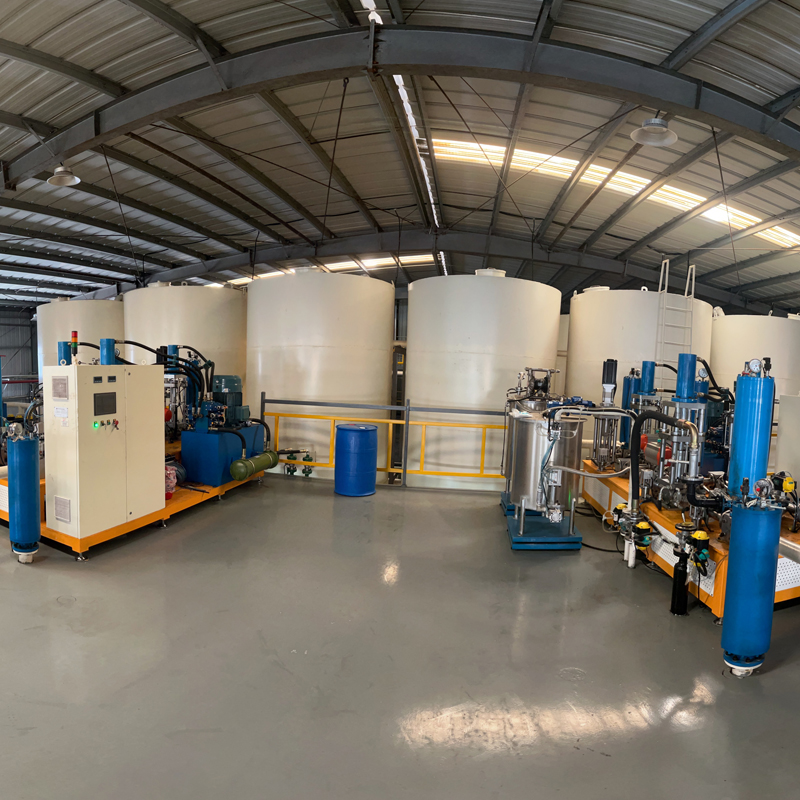
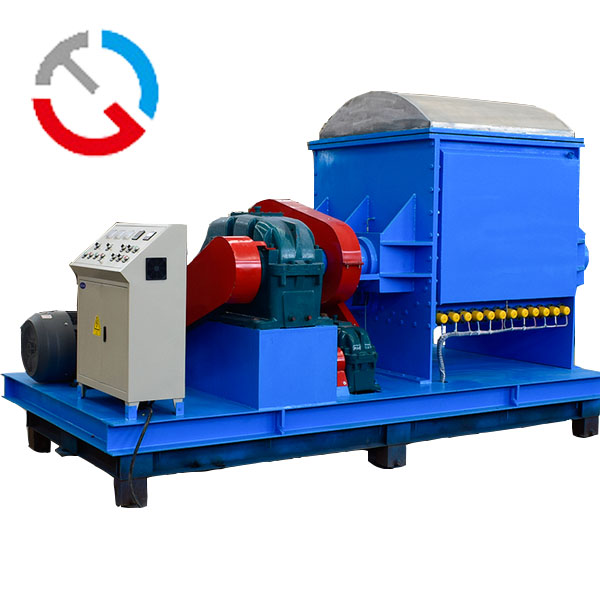
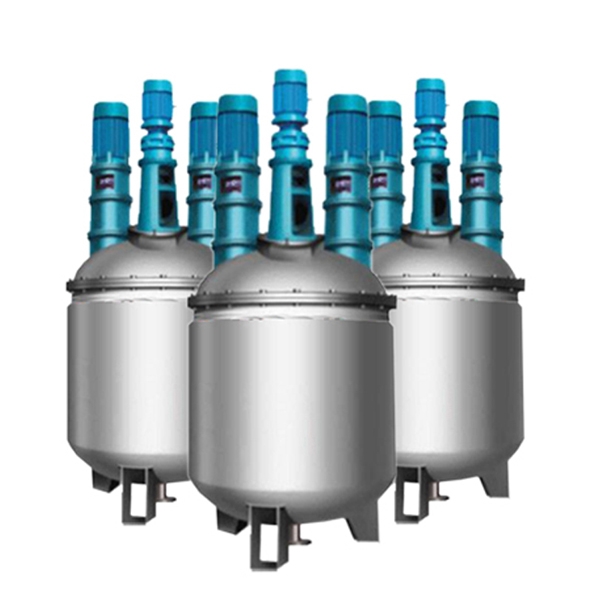
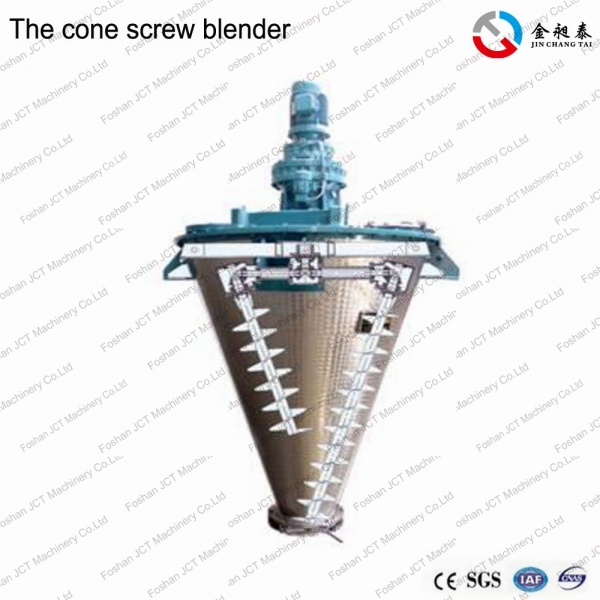


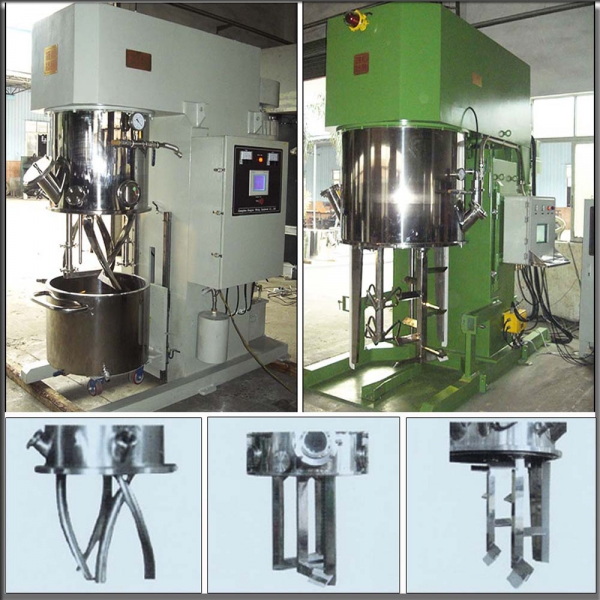







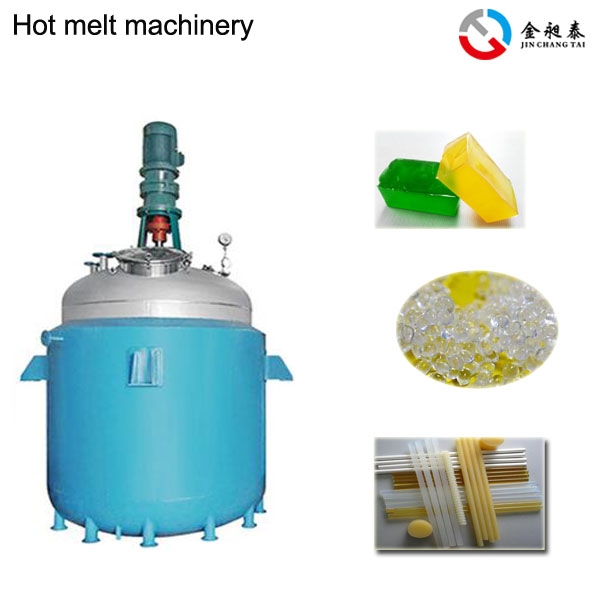
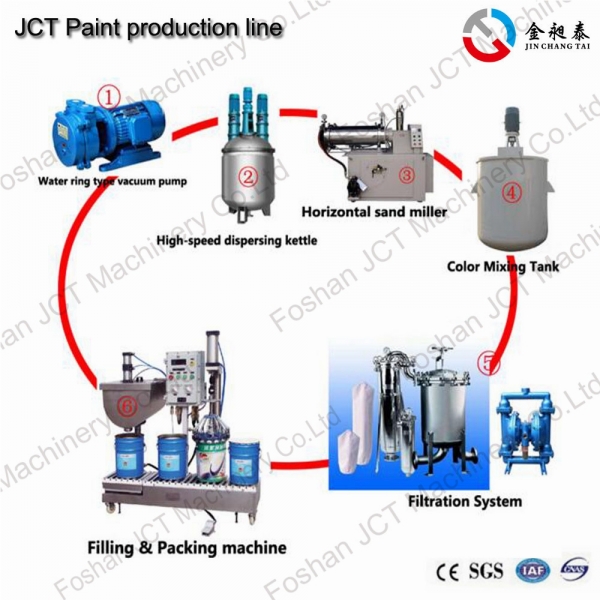
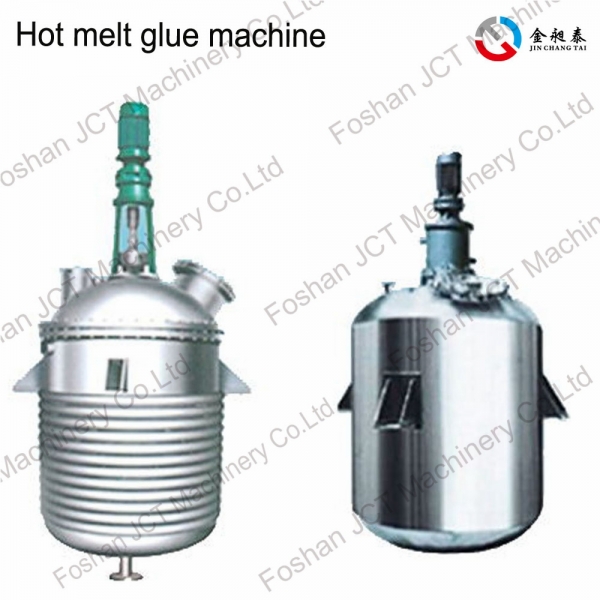
 CN
CN
 HOME
HOME Automated Alkyd Resin Production Line | JCT Machinery
Automated Alkyd Resin Production Line | JCT Machinery  You May Also Like
You May Also Like
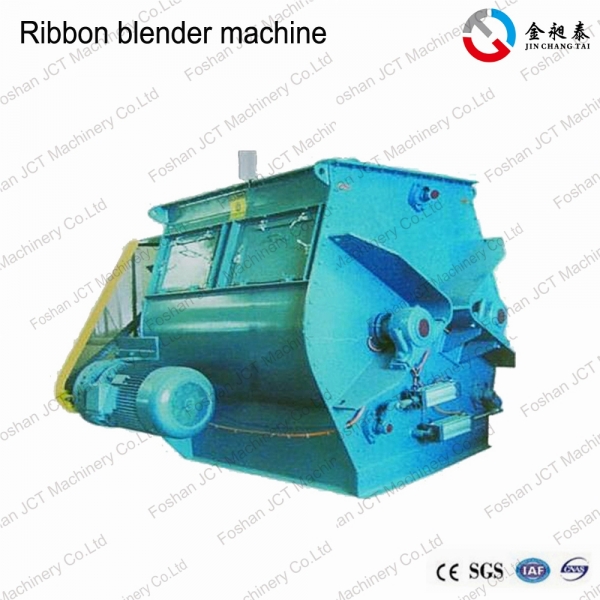

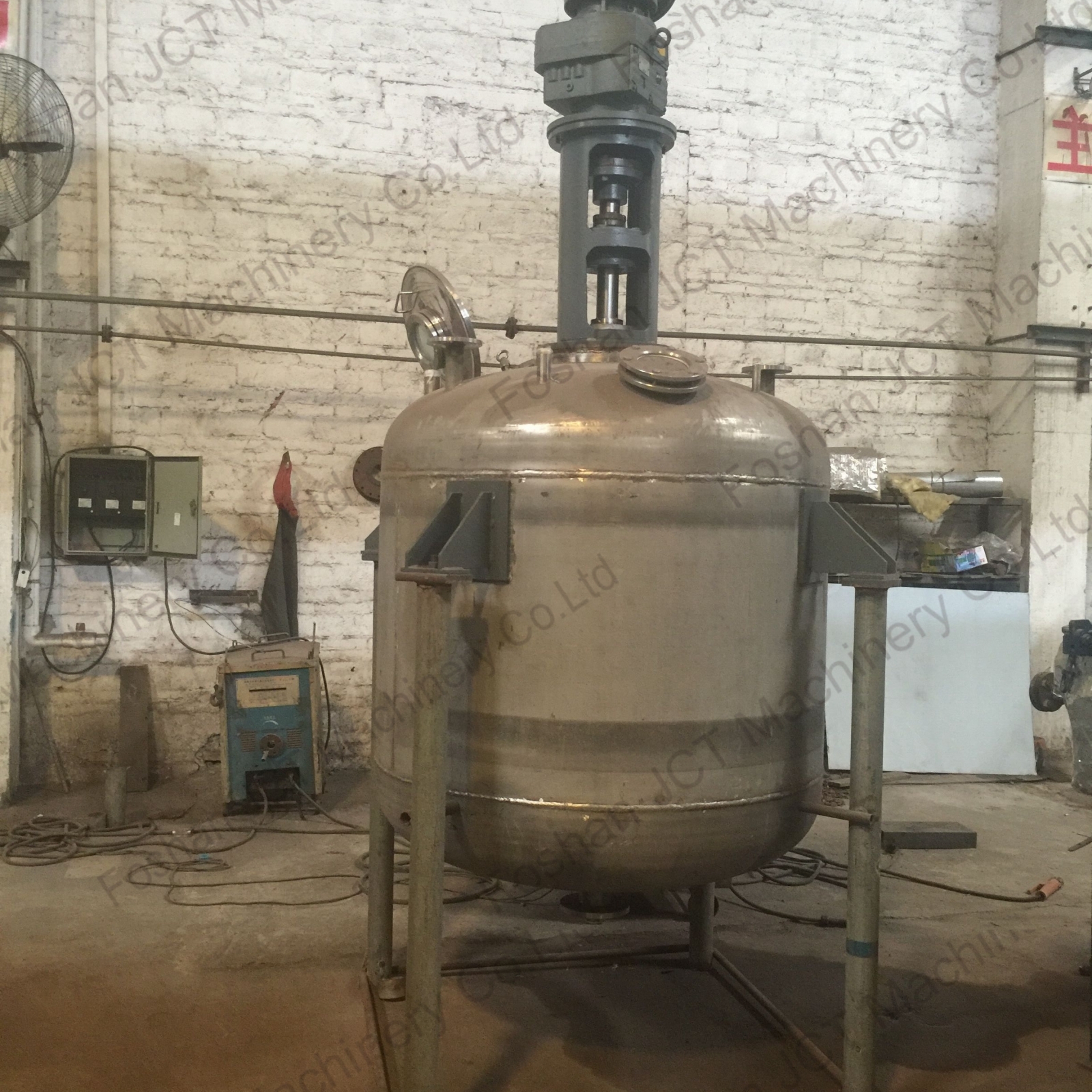
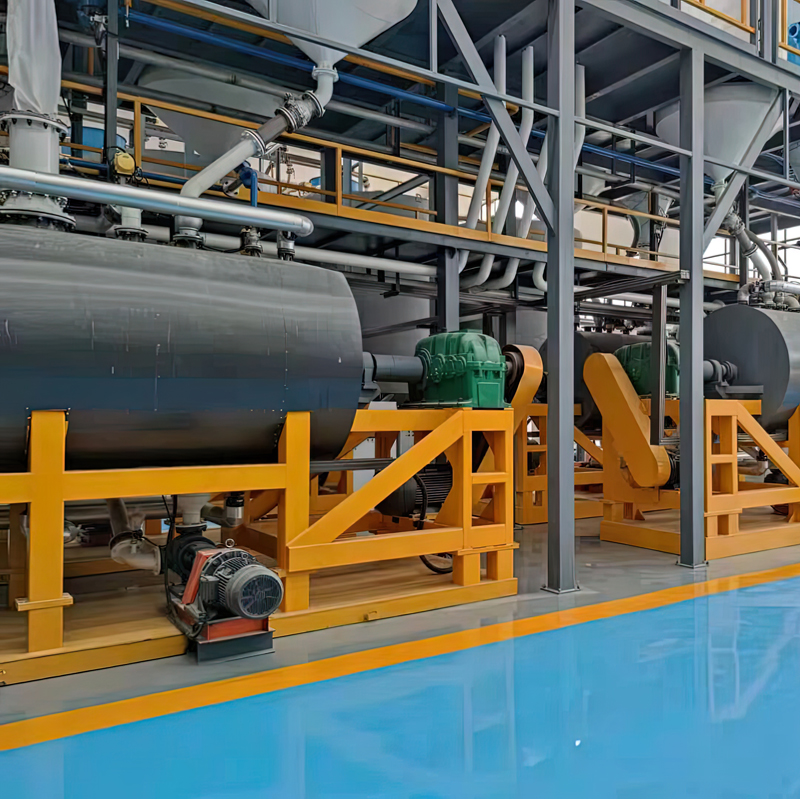
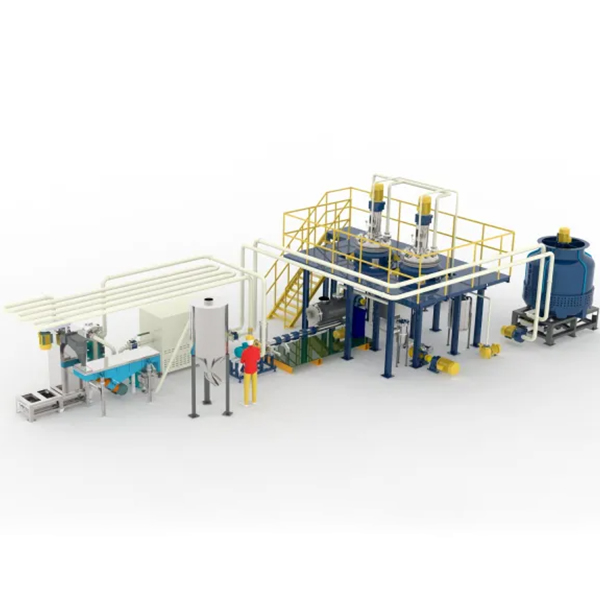

 Tel
Tel
 Email
Email
 Address
Address










